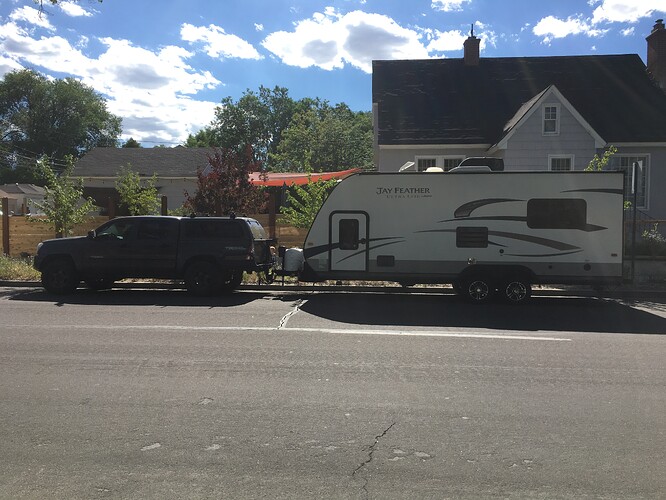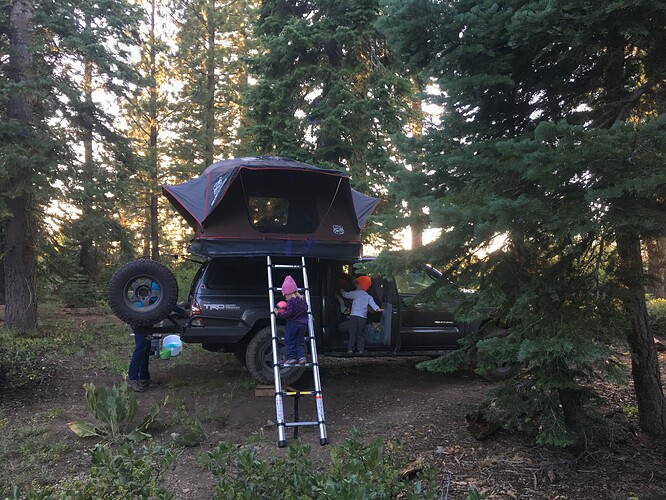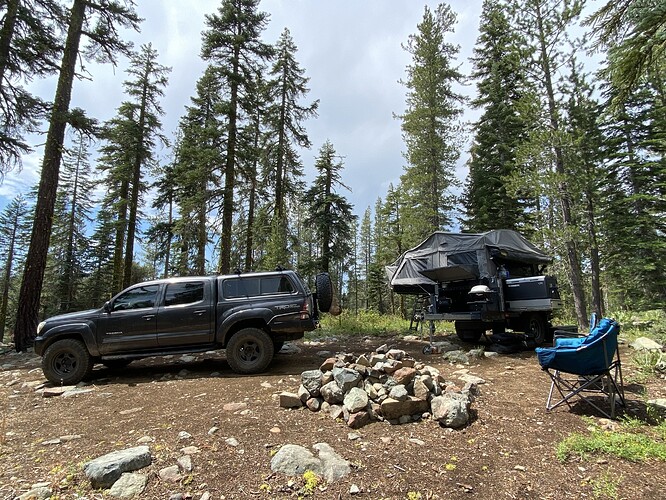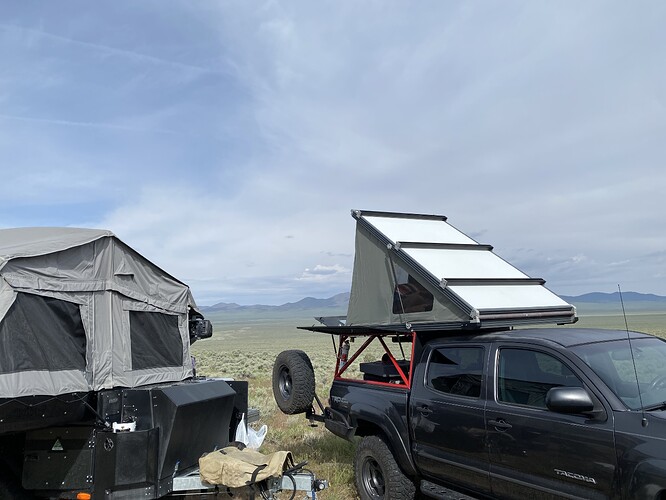
Do people purchase GFC’s simply because they’re cheaper than traditional truck campers? What we sell isn’t just a more affordable camper, it’s an entirely different way to camp. But price is a big part of that difference. Let me explain.
Aussie YouTuber Ronny Dahl put together a great video recently arguing that people building a truck to go camping should consider its value proposition in terms of dollars-per-night. If you spend $30,000 on top of the price of your daily driver to set it up for camping, then use it 10 nights per year, for three years, that works out at $1,000-per-night. Ouch.
How well does a GFC Platform Camper stand up to that math? Let’s look at the value proposition one offers to find out.
-
Ultra light weight: You can run a GFC on a smaller truck than you’d need to haul a heavy slide-in camper, and you won’t need to spend money modifying that truck just to support the additional weight. Traditional slide-in campers weigh anywhere from four to, well, many times as much as a GFC. And while the latest generation of lightweight campers from other brands may technically be light enough to safely carry in the bed of something like a Toyota Tacoma, they still weigh enough to necessitate the fitment of heavier rear springs and stiffer dampers, airbags, or other expensive modifications, while limiting the outright practicality of your vehicle in daily driving.
-
Incredible strength: A GFC is so strong that it will actually stiffen your truck bed, making your vehicle more durable off-road. You will never have to worry about your camper falling off the truck over extreme obstacles. And, even if you’re sticking to milder terrain, the GFC remains absolutely impervious to stuff like washboard, which is notorious for shredding anything else to pieces.
-
Nothing to stink, rot, or stain: Dog eat some cow poop and start vomiting in the back of your truck one night? Everything in or on a GFC (except the mattress foam) can just be pressure washed. Truck sit in pouring rain or hot sun for two weeks in an airport parking lot? Doesn’t matter. Last winter was long, and wet, huh? But no mold grew in your GFC. And all that will be as true 10 years from now as it will be this weekend.
-
Slim dimensions: Closed, the tent portion of the camper is just six inches thick. That then sits an inch or two over the height of your cab, both to provide clearance as your cab and bed (where the GFC is mounted) twist separately off-road, and to clear your radio or GPS antennas. Combined with the light weight, that means customers report losing only about 1 mile per-gallon in fuel economy with their GFC fitted.
-
Durable, serviceable, repairable: Anything on a GFC that can be machined form billet aluminum is machined from billet aluminum. That includes all joints in the frame, which capture forces and distribute loads into extruded aluminum tubes. All connections between the two are bolted, rather than welded, which eliminates the potential for stress fractures, and makes repairing or replacing any damaged components dead simple. All other parts can be repaired or replaced just as easily. If something goes wrong, we’ll help you fix it.
-
Simple, fast operation: Time for bed? Undo two latches, push the tent upwards, and you’re done. Climb in and out through the modular floor panels. Time to go? Pull the tent down, close the latches, and you’re on the road.
-
Modular, versatile, useful: Can you use a GFC to carry bikes, boards, or boats? What about an awning or a shower? Can you add solar power? What about a light bar? Can you still haul big loads in your bed or long loads on top? Does it work with dogs? Can you add drawers? Can you attach a MOLLE panel designed just to show off a tactical tomahawk? Can you build out the interior? Can you leave it empty? The answer to those, or pretty much any other question is yes. Do you need to take your GFC off to do any of that? No.
What all that adds up to is a camper that will last longer, require less effort, allow you to go more places while enjoying any hobby, and one that will work fine on a more affordable truck with fewer modifications getting better fuel economy. And, because it works as well in everyday driving, helping you haul loads and keeping whatever’s in your bed secure, it means you’ll be ready to go camping at the drop of a hat. So, in addition to being cheaper than traditional campers, you’ll also be able to use it more often. That doesn’t just reduce that cost-per-night for any and every user, it adds more nights.
Will you miss the marble counter tops, jacuzzi bath tubs, and other luxury features offered by big, heavy, weak fiberglass sheds? Maybe. But maybe that’s the point.
When we designed this thing, we deliberately created a minimalist blend of indoor and outdoor living spaces. The idea is to remove as many barriers between you and nature as possible, while retaining just enough comfort and weather protection to really maximize your ability to enjoy your time in it.
There’s also the question of where you’re spending your money. Large, heavy campers might dictate your nights be spent in noisy, crowded campgrounds, a GFC will allow you to go find a spot that’s all your own. Once you do that, those traditional campers are going to feel like anything but an upgrade. — Wes Siler
Let us know what you think below!




